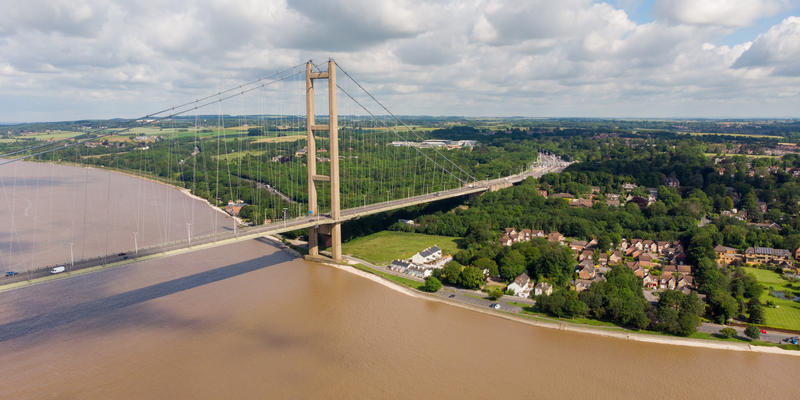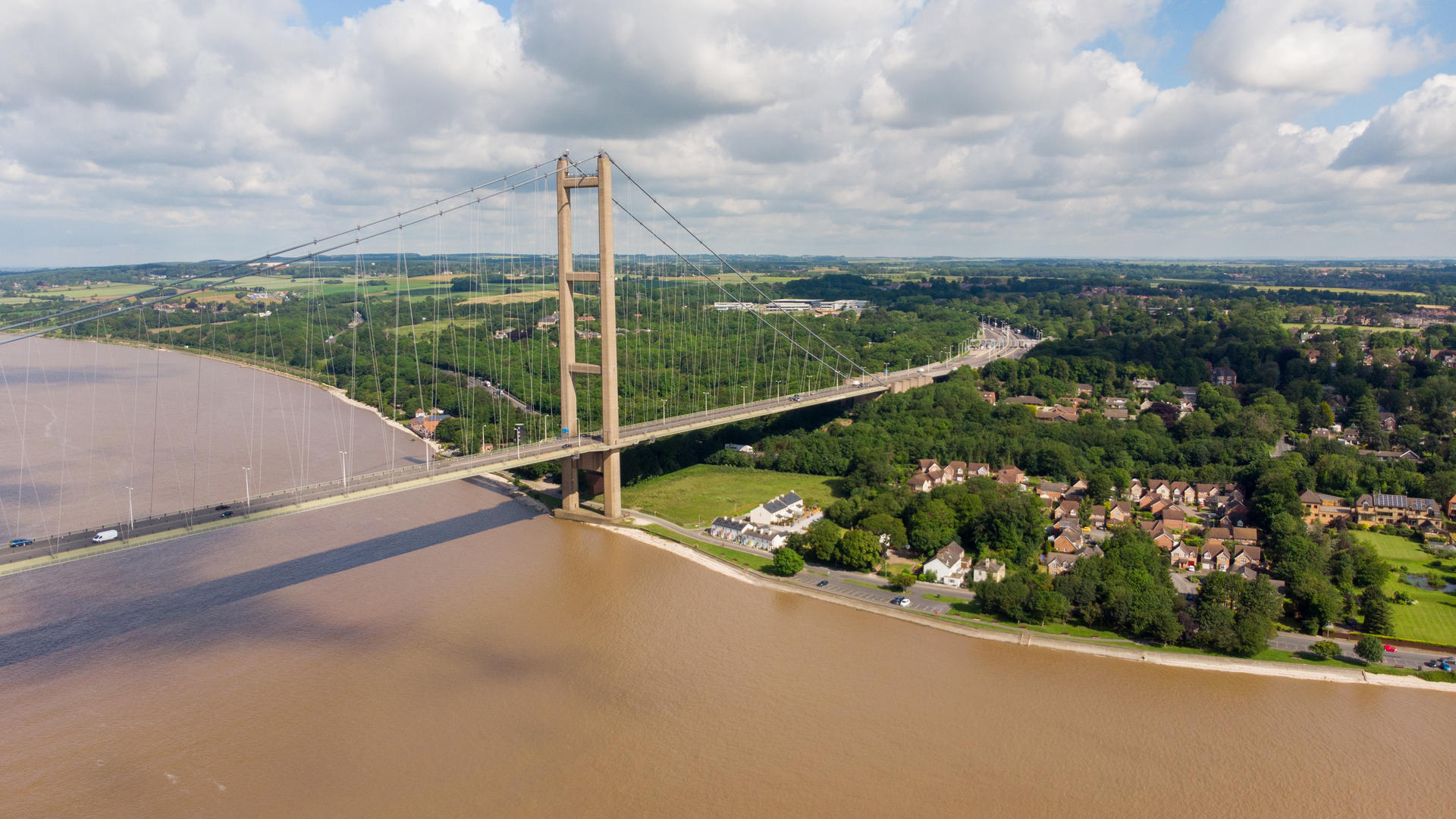The Plan
A dynamic plan to set out the optimal route to decarbonisation for the Humber Cluster by 2040.
A dynamic plan to set out the optimal route to decarbonisation for the Humber Cluster by 2040.
A dynamic plan to set out the optimal route to decarbonisation for the Humber Cluster by 2040.
The Humber Industrial Cluster plan was set up in January 2021 following the 2-phase decarbonisation of industrial clusters roadmaps competition in 2019 by UKRI. The project team includes Membership organisation CATCH, the HEY LEP plus 8 industry partners. Partners will work together to develop the Humber Industrial Cluster Plan that will set out the strategic roadmap for the Humber Cluster to follow in order to achieve net zero by 2040.

Our work in phase 1 highlighted the need to decarbonise refining steel and chemical emissions as they dominate the Humber’s carbon emission footprint. The majority of these emissions lie in the short corridor between Immingham and Scunthorpe along the south Humber bank and to the east of Hull on the North Humber Bank. A collaborative approach was identified along with a model to determine the best possible routes to NetZero by 2040.
Over recent decades, the Humber region has developed as a critical industrial cluster for the UK. The Humber Industrial Cluster emits more CO2 than any other industrial cluster; 30% more than the next largest. At the same time, the region is a significant contributor to the UKs economy - £18bn is generated in the Humber each year with 360,000 jobs supported in industries such as refining, petrochemicals, manufacturing and power generation and through their associated supply chains.
Our region is pioneering – we have outstanding local industry already working towards building a NetZero future. So why do we need a plan to understand how to meet net zero in the Humber industrial cluster by 2040?
The Humber regions deployment projects are low carbon projects. The planned design for the deployment projects will achieve our 2030 significant reduction target but cannot, as currently defined, meet our 2040 net zero target.
Therefore, together, we need to understand how to evolve - which technologies need to be improved and which technologies will need to be introduced.
The HICP vision will provide confidence to UK government’s ambitions - encompassing how industrial emissions will change over time and provide projects and industry with a well-defined and optimal route to achieving true net zero in 2040. This will be achieved by validating technological pathways, data, literature, interviews, research, supply chains, skills development and defining areas for investment, along with engaging stakeholders and the general public – to produce a leading collaborative plan for the Humber Industrial Cluster.
The range of technology options, their performance and scales of operations plus levels of uncertainty means that many scenarios will need to be run to understand optimal options, choices and actions, too many to be done by hand (or even using Excel). By running these scenarios using a bespoke model, we can understand the no-brainer choices, the lowest cost options, and the most secure options to achieve our target.
And that is what we will do – working together – it is possible.
